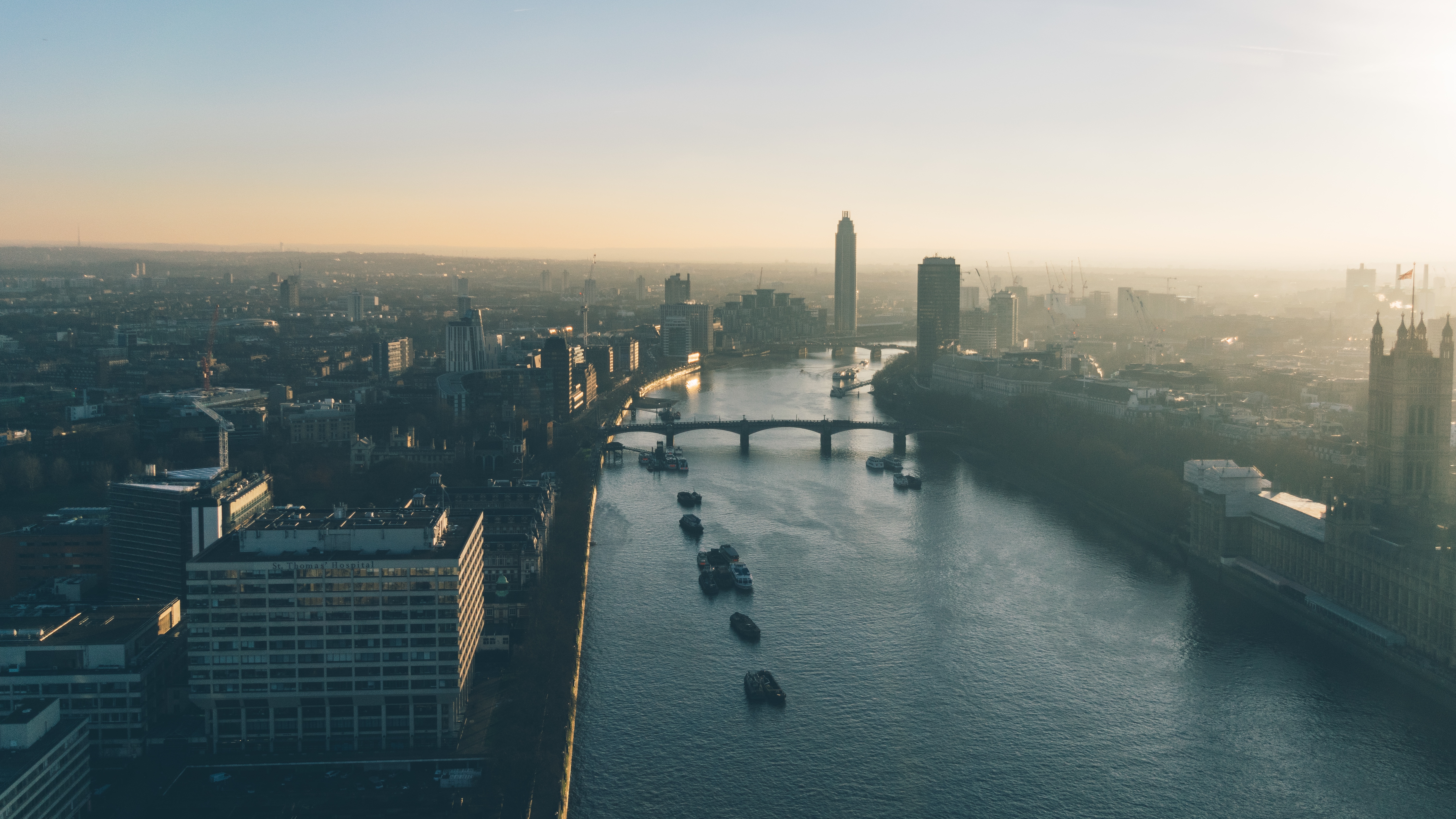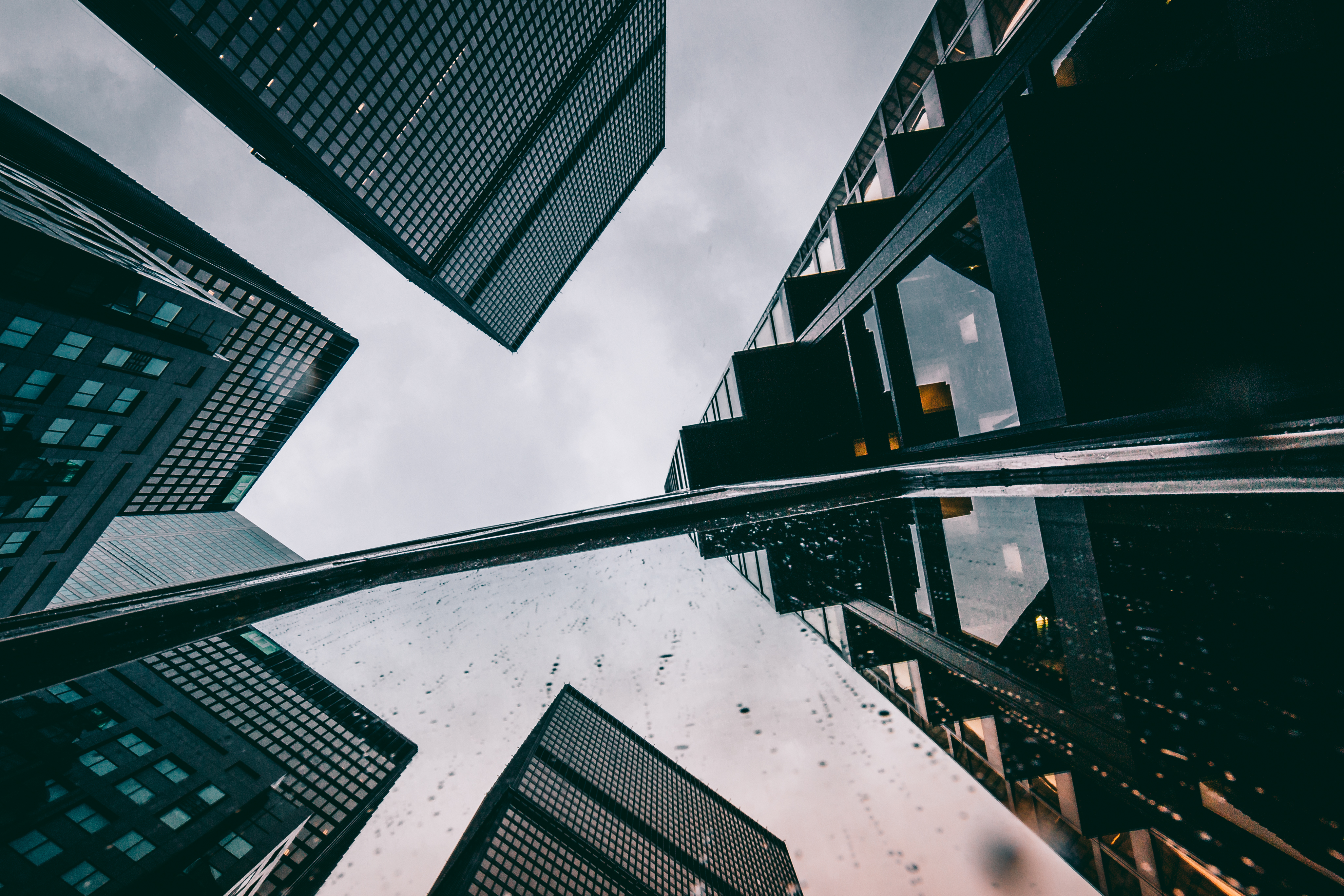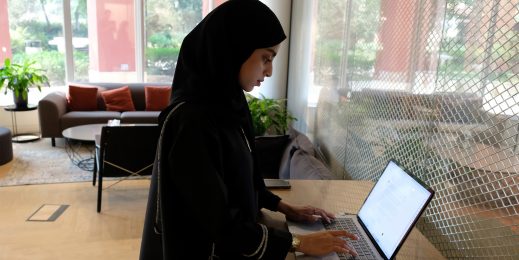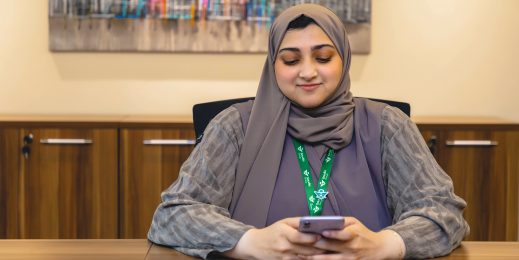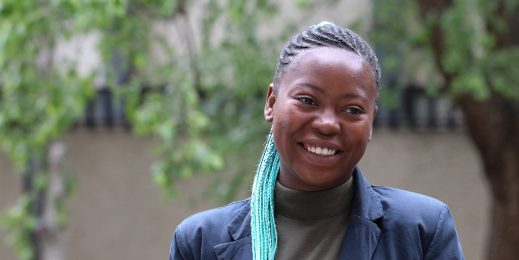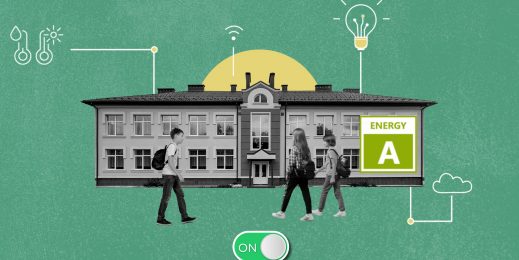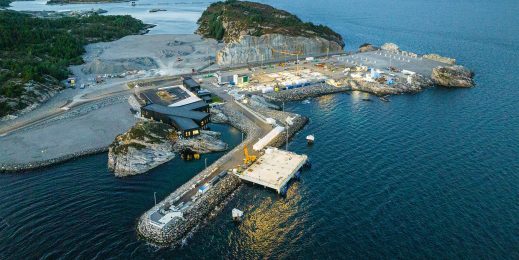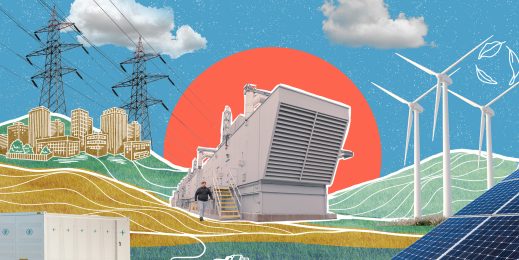
Our future lies in smart cities, and technology is the answer
Making a city move to the music
.
In an orchestra, musical instruments come together to play very different, but equally important parts. The end result, is a beautiful performance. But if, for even a second, the violins fall behind, or the percussion skips a beat, the whole performance can fall apart and spoil the enjoyment for the audience.
In many ways our cities are the same, made up of different departments such as healthcare, education, municipal services and public transportation. We interact with different parts of the city ‘orchestra’ throughout the day and expect them to work in perfect harmony.
It is the job of a conductor to keep an orchestra together, with local councils and authorities doing the same for cities. But as cities start to get smart, embracing technology to make them more sustainable, prosperous and inclusive, who is going to oversee it all and what exactly will that job description entail?
London’s answer is Theo Blackwell, who has been hired as the city’s first Chief Digital Officer in a bid to make the capital “an even better place to live, work and invest.” The question has been answered in Paris by recruiting a Chief Data Officer to mastermind the increasing complexity of making data and analytics work to the benefit of government.
No matter the approach or the job title, one thing is undeniable — leaders are under immense pressure to make their cities smarter, safer and more efficient for their citizens and at the same time incorporate technology to good effect. Truly smart cities must connect technology and data, analyse it, and use it to keep the tune going, not least because by 2050, 70 percent of the world’s population will live in cities – an increase of 2.7 billion people.
A large part of why so many people are moving to cities is the promise of a better and more innovative life. In “Where Good Ideas Come From” Steve Johnson argues that “a city that was 10 times larger than its neighbour wasn’t 10 times more innovative; it was 17 times more innovative”.
All of that pressure and innovation means citizens demand smarter and better services, such as real-time travel disruption updates or the ability to register for services online, and governments are moving fast to respond. But the basics have to be right too – rapid urbanization is increasing demand on systems that deliver energy, provide fresh water, and remove waste from city environments.
Transformation doesn’t happen overnight, but with the right technology platforms the process can be organic. We are starting to see this happen already, especially when it comes to improving energy usage.
Authorities in Esch-sur-Alzette in Luxembourg, for example, built a mobile app, powered by Microsoft Azure, which draws data from connected devices throughout the city to monitor gas, water and heat levels in citizens’ houses, resulting in more efficiency and better control over how utilities get used.
Elsewhere in Gandia, Spain, municipal authorities have installed over 13,000 connected lampposts across the city to remotely control and monitor energy usage, also using Azure. The city now spends 80% less on energy and has reduced CO2 emissions in the process.
Technology is also being used to help cities more quickly recover when disaster strikes. Norway-based eSmart Systems (above) has started deploying drones running on Azure to assist cities like Jacksonville, Florida as they worked to restore power to 280,000 citizens who lost it, following the recent Hurricane Irma.
The drones helped the Electric Authority gather the necessary data to assess impacted areas, so they could safely and quickly deploy crews to restore power to citizens.
New tools are all well and good, but we can now embed them from a city’s conception – particularly important given the number of smart cities will rise to 88 by 2025 according to IHS Technology.
Oliver Dawkins is a researcher of urbanism, 3D visualisation and virtual and augmented reality interfaces at University College London, who believes that technology is enabling us to design smart cities in incredibly innovative ways. Town planners are now using 3D visualisations, built off real time data that shows how people and vehicles could use a given space. For example, for a new shopping centre being built, a planner could use augmented reality to visualize how peak traffic would impact surrounding infrastructure meaning traffic jams become a thing of the past.
Dawkins looks to Microsoft’s HoloLens to collaborate with colleagues from all over the globe to test and iterate on solutions, accelerating the pace for discovery and resolution of challenges. His view is that “it’s so much easier to sell in concepts to more conservative colleagues when you are able to accompany your ideas with highly detailed visualization.” Put simply, with technology, seeing really is believing.
This is just one example of the estimated 2.3 billion connected things estimated for use in smart cities this year, according to Gartner, Inc. This rise of digital connectivity exposes a host of vulnerabilities cybercriminals are lining up to exploit with malicious intent.
Last year alone there were more than 4,000 ransomware attacks per day and in his latest State of the Union Address, President of the European Commission Jean-Claude Juncker called cyber-attacks “more dangerous to the stability of democracies and economies than guns and tanks”.
If we are going to start connecting data across citizens, departments, devices and infrastructure then we need to be sure that information is safe from misuse. The applications and devices that will enable smart cities must be able to withstand attacks.
The technology to achieve this is here now in the public cloud, through technologies such as Microsoft Azure, which offers performance at scale and security that far exceeds what most organisations can build in-house.
We all need to accept a collective responsibility when it comes to keeping people safe online – security is much like an orchestra’s rehearsal. We may not necessarily see or hear about it, but we know how important it is to perfecting the overall performance.
The future of our cities is undeniably exciting. Making and keeping a city smart is a huge undertaking that requires unique expertise to guide increasingly complex city infrastructure through its very own digital transformation.
Only a unique blend of new planning processes, smart solutions and industry-leading security expertise will help us get there. Using technology, cities will operate in harmony, and we can all move to the music together for years to come.
Click here to learn more about Microsoft’s vision for digitally transformed Cities. To find out more information about Microsoft at Nordic Edge Expo 2017 click here.





